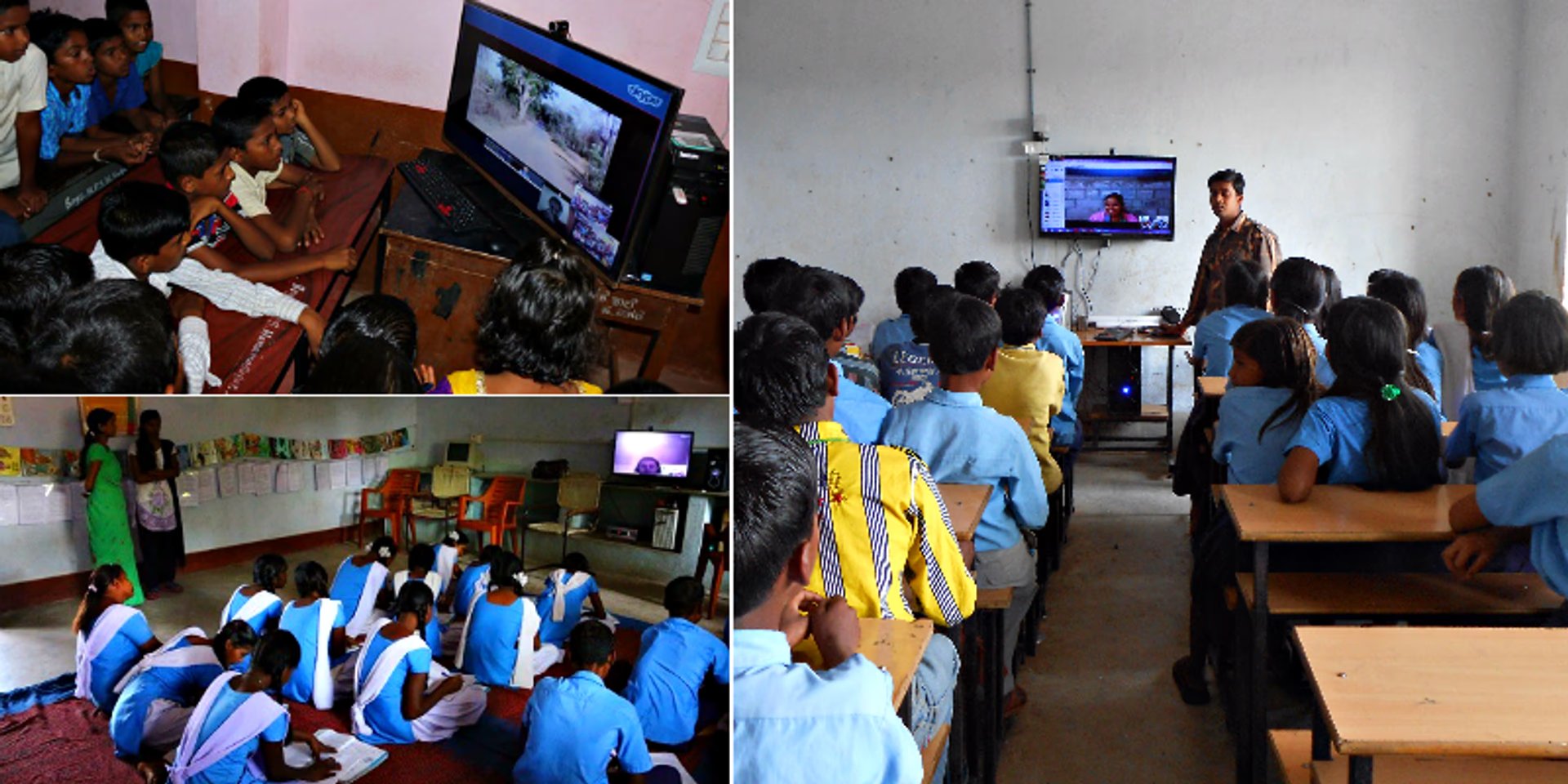Now Reading: Remote Indian Towns Embracing Digital Classrooms
-
01
Remote Indian Towns Embracing Digital Classrooms
Remote Indian Towns Embracing Digital Classrooms

In many small towns across India, traditional chalk-and-blackboard classrooms are slowly being replaced by digital screens and interactive lessons. Schools in regions that once struggled with limited teachers and outdated materials are now exploring e-learning tools to bridge the gap. For students in remote areas, this shift is not just about technology—it represents access to better opportunities and learning resources once available only in big cities.
Technology in Small-Town Classrooms
Digital classrooms bring in projectors, tablets, and online resources that make subjects more engaging. Instead of rote memorisation, students are introduced to videos, animations, and interactive quizzes. Teachers also find it easier to explain complex topics with visual aids. This approach is helping bridge the knowledge gap between urban and rural students.
Challenges on the Ground
Despite the progress, the transition is not without hurdles. Many schools in Tier 2 and Tier 3 towns face issues like unreliable internet, power cuts, and lack of trained staff. Some parents also worry about children spending too much time on screens. Yet, the push for digital learning continues, supported by local administrations and community groups who see its long-term value.
Indian Context and Local Impact
In towns like Nagpur, Guwahati, and Ranchi, digital classrooms are giving students exposure to learning material aligned with global standards. For families who cannot afford private tuition or city-based schools, this is a step towards equal access. Students themselves are adapting quickly, often teaching parents how to use basic devices at home.
The Road Ahead
The move towards digital classrooms shows how remote Indian towns are not waiting to be left behind in education. With consistent support, improved infrastructure, and careful balance between screens and traditional learning, this model could transform how the next generation studies. For many small-town children, the classroom of the future is already here, glowing on a screen

























